
Over the past decade, there has been a substantial increase in demand for lithium, which has become a crucial element for the manufacturing of industrial products, specifically batteries for electronic devices and electric vehicles. With the increasing sophistication of technology, products require the use of non-renewable and scarce materials, especially metals that have important applications in various technologies like batteries, wind turbines, and solar panels. Although such metals are used in low concentrations, their demand has increased significantly, making their availability and potential recovery a major concern. Recently, the Geological Survey of India has suggested that Jammu & Kashmir might have a potential reserve of 5.9 million tonnes of a certain mineral.
Lithium is a unique metal due to its low density, making it lighter than water and able to float. Unlike most elements found on Earth, lithium did not form naturally on our planet but is instead a cosmic metal. Scientists believe that it was likely produced during the Big Bang, which occurred 13.7 billion years ago. One theory is that when high-energy cosmic rays collide with heavier elements like carbon and oxygen in space, they break down into lighter atoms, potentially creating lithium. In 2020, astronomers discovered that a specific type of red giant stars can also produce lithium towards the end of their lives. This was based on a survey of hundreds of thousands of stars.
How has lithium demand increased significantly in a decade?
The use of lithium, the lightest and most highly reducing metal, has grown rapidly due to its economic importance as a key component in batteries for portable information technology devices, laptop computers, and mobile phones, and as a material for electric vehicles. Lithium has high gravimetric and volumetric energy densities, making it a preferred material for batteries, which are critical components in various technologies. The production of lithium secondary batteries has grown by 25% between 2000 and 2007, and lithium ion secondary batteries have replaced nickel metal hybrid batteries used in the first commercialized electric vehicles.
However, the recovery and recycling of metals like neodymium, used for neodymium-iron-boron magnets in hard disk drives, pose a challenge due to the formation of stable compounds with elements like oxygen, leading to waste. The increasing demand for certain metals due to the development of new technologies is a cause for concern since their availability can limit the lifetime of such technologies.
Therefore, it is necessary to account for the material and energy flows related to the life cycle of metals, particularly lithium, in batteries to assess the feasibility of future technologies containing lithium-derived materials. The passage underscores the importance of sustainable production and consumption practices that balance economic growth with environmental protection.
The metallurgical industry is a rapidly growing sector, especially with the increasing use of metals in new technologies. Lithium is a metal whose demand has almost doubled in the past 5 years. In 2011, the world produced 34800 tonnes of lithium, which was almost 30% more than in 2010 and 77% more than in 2009. About 60% of the world’s lithium is still obtained from brines. The amount of lithium from pegmatites, which are relatively small deposits, almost doubled its production from 2010. Recently, the production of lithium from spodumene has become more important due to its increased price and use in batteries. It is also an additional source of tantalum, a scarce metal used for capacitors in most electrical and electronic circuits.

The figure shows the sources of world Lithium. We can see that more than half of the world’s lithium came from brines, with over 60% of that production from Chile, and the rest from China and Argentina. Another source of lithium is pegmatites, with almost 85% of the production coming from spodumene in Greenbushes, Australia. The remaining amount was obtained from a mixture of pegmatites in Zimbabwe and concentrates from Brazil and China, which used spodumene imported from Australia. Pegmatites are typically processed further to produce lithium carbonate and lithium chloride

Production sources of lithium
Lithium in India
Recently, the Geological Survey of India has suggested that Jammu & Kashmir might have a potential reserve of 5.9 million tonnes of a certain mineral. This news can have significant implications for India’s economy, what will be the scientific, business, and industrial aspects behind it.
Li-ion Batteries in EV vehicles
Lithium is a metal that can hold a lot of energy and is commonly used in batteries. Lithium-ion batteries are much lighter and can store more energy than traditional lead-acid batteries. They also last longer and can withstand thousands of recharge cycles. However, these batteries degrade quickly and usually only last for 2-3 years. It’s important to check the manufacturing date when buying a battery pack to ensure it hasn’t been sitting on a shelf for too long. Additionally, reducing usage won’t necessarily make the battery last longer, so it’s best to use it as needed.
The Geological Survey of India has discovered that there may be 5.9 million tonnes of Lithium in Jammu & Kashmir, but it’s not confirmed yet. It will take at least seven years before we can mine the Lithium there. The Geological Survey has conducted a preliminary survey called G3, and the actual reserves will be determined after further exploration. Until then, India will have to import Lithium from Australia, which is allowed duty-free under the India-Australia FTA.
The GSI has categorized the resources in preliminary exploration, called the G3 stage. According to the United Nations Framework Classification for Resources (UNFC), there are four stages of exploration for any mineral deposit: reconnaissance (G4), preliminary exploration (G3), general exploration (G2), and detailed exploration (G1). Each stage generates resource data with clearly defined degrees of geological assurance.
The mineral extraction process typically begins with the G4 stage, involving the identification of mineralized areas worthy of further investigation and leads up to the G1 stage, which includes a detailed exploration with an estimation of size, shape, structure, grade, and other characteristics of the deposit with a high degree of accuracy.

The recent discovery of lithium resources in the Reasi District of Jammu and Kashmir is at the Geological Assessment (G3), a preliminary exploration stage. The G3 stage is further categorized into a six-step process to extract lithium from salt-flat brines or mineral ores.
The six stages include geological surveys, geochemical sampling, detailed ground geophysical work and borehole logging, checking the technicality of pits/trenches to explore the mineralized zone and drill borehole spacing, sampling for litho geochemical from a well-known section, pit/trench, and core sample, and petrographic and mineralogical studies. In addition to the thorough examination of the above-mentioned geological axis, the proposal to mine minerals also needs to be assessed from a feasibility point of view along with the prospects of economic viability, as per the Indian Bureau of Mines (IBM).
Lithium is a soft, silvery-white metal that reacts vigorously with water. It plays a critical role in much of what we do in our daily lives, including its use in rechargeable batteries for electronic devices like mobile phones, laptops, digital cameras, and power tools, as well as battery storage of energy generated from wind and solar power. Lithium is also used in non-rechargeable batteries, such as heart pacemakers, toys, and clocks.
However, one of the key uses of lithium is in electric vehicle (EV) batteries. According to the World Economic Forum (WEF), “global supplies are under strain because of rising EV demand.” The International Energy Agency (IEA) estimates that the world could face lithium shortages by 2025, and about 2 billion EVs will be needed by 2050 for the world to hit net zero. Sales of EVs stood at just 6.6 million in 2021, highlighting the need for increased production of lithium and other materials used in EV batteries.
In addition to EVs, other uses of lithium are found in rechargeable batteries for mobile phones, laptops, digital cameras, computers, power tools, and battery storage of energy generated from wind and solar power. The Central Electricity Authority of India has estimated that India will need 27 GW of grid-scale battery energy storage systems by 2030, which will require massive amounts of lithium.

This recent discovery of Lithium in India can help the country become a leader in green energy and reduce dependence on other countries for this important resource. This could put India ahead of China, which currently imports a lot of Lithium. However, the location of this discovery is in a region that has seen a lot of conflict, which could make it difficult to access and develop. Such discoveries in politically sensitive areas can create instability and tension.
WILL THE LOCATION POSE SIGNIFICANT CHALLENGES?
If India can obtain lithium domestically, it will be a positive step towards reducing dependence on other countries for energy production and storage. This would benefit Indian EV makers and battery producers by shielding them from high import prices. While India would still need to rely on global markets for other important materials like nickel, graphite, and manganese, having domestic lithium resources would provide some level of self-sufficiency. Additionally, it would reduce the risks associated with rising tensions between China and the United States, which could affect global lithium supply and prices.
developing these lithium resources will not be without its challenges. The reserves are located in a politically volatile region that has been contested by India and Pakistan since gaining independence from Great Britain in 1947. The identified lithium reserves are located roughly 30 miles from the Line of Control that separates India-controlled Jammu and Kashmir from Pakistan-controlled Azad (Free) Kashmir. This region has been the site of numerous wars and violent skirmishes, and large resource discoveries in “peripheral” regions far from the capital and locus of government power can often be politically destabilizing.
Additionally, the southern Jammu region, where the lithium deposits are located, is a territory of mountains flanking a river valley that is half Muslim and half Hindu. This presents potential challenges related to ethnic and religious discrimination.
To develop these lithium resources, the Indian government will need to attract investment and industrial development into this politically sensitive region while also addressing these potential challenges related to discrimination and instability. The recent discovery of lithium reserves in India has the potential to bring significant economic benefits to the country. It could create job opportunities and improve transportation infrastructure in the region. The find is being hailed as a solution to unemployment in the area and a boost to the Indian economy. However, there are also potential risks associated with the mining and extraction of lithium.
It can have a negative impact on the environment, specifically with regards to groundwater contamination. In addition, large-scale infrastructure projects can often lead to conflicts in areas where ethnic or religious minorities seek autonomy or self-determination. The region where the lithium reserves have been discovered, which is near the border with Pakistan, is politically volatile and has seen a history of conflict. There are concerns that the discovery of the lithium reserves could intensify existing conflicts or even spark new ones. Therefore, it is important for the Indian government to address these challenges and ensure that the development of the lithium resources is done in a responsible and sustainable manner.
Summary
The demand for lithium has increased significantly in the past decade due to its importance as a crucial component in the manufacturing of batteries for electronic devices and electric vehicles. Metals used in low concentrations are becoming increasingly important for various technologies like batteries, wind turbines, and solar panels. However, their availability and potential recovery are major concerns. Sustainable production and consumption practices that balance economic growth with environmental protection are crucial for future technologies containing lithium-derived materials. The world’s lithium is mostly obtained from brines, with over 60% of that production coming from Chile, and the rest from China and Argentina. Pegmatites are another source of lithium, with almost 85% of the production coming from spodumene in Greenbushes, Australia.
The Geological Survey of India has identified a potential reserve of 5.9 million tonnes of lithium in Jammu & Kashmir, which could significantly impact India’s economy. Lithium is a metal that is commonly used in batteries, particularly in electric vehicles (EVs), and is critical for energy storage systems generated from wind and solar power. India will need to rely on global markets for other essential materials like nickel, graphite, and manganese, but domestic lithium resources will provide some level of self-sufficiency, reducing the risks associated with rising tensions between China and the United States, which could affect global lithium supply and prices. However, developing these lithium resources will not be without challenges, as the reserves are located in a politically volatile region that has seen a lot of conflict between India and Pakistan.
TJEF Editor
Bhagavath









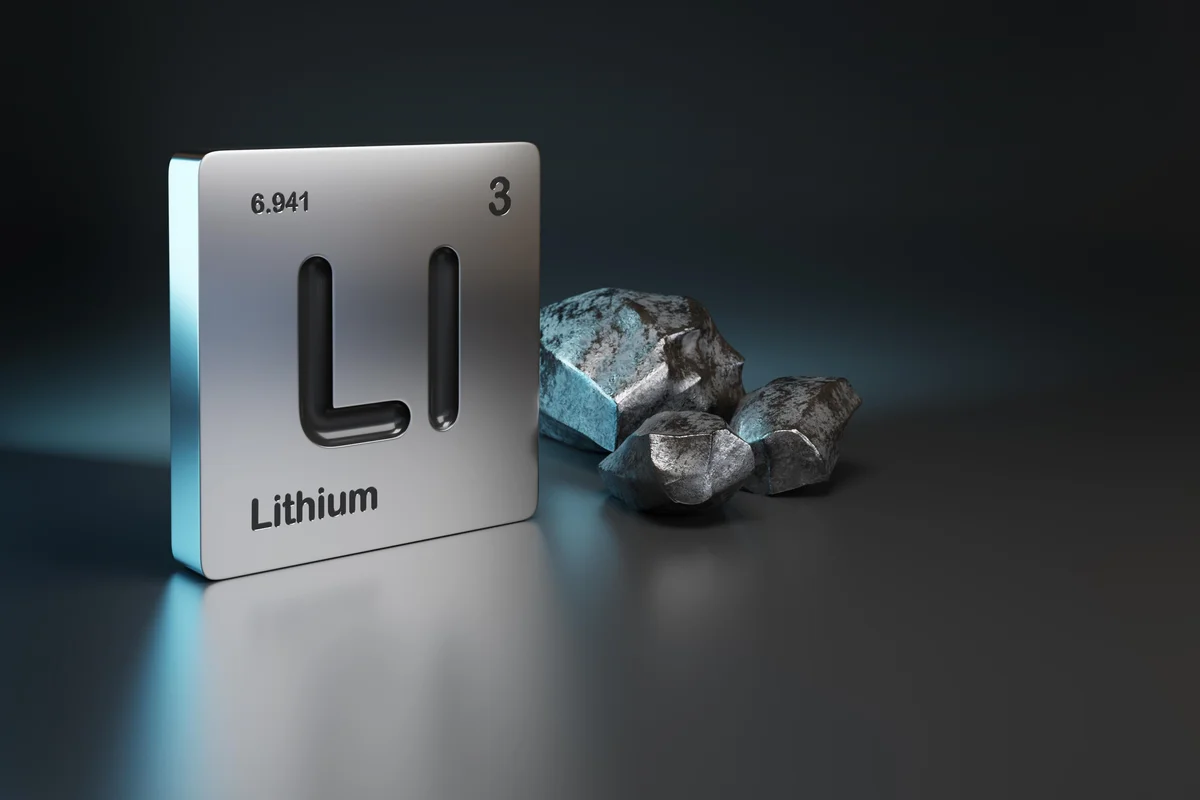

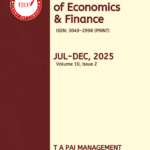
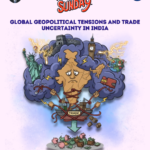


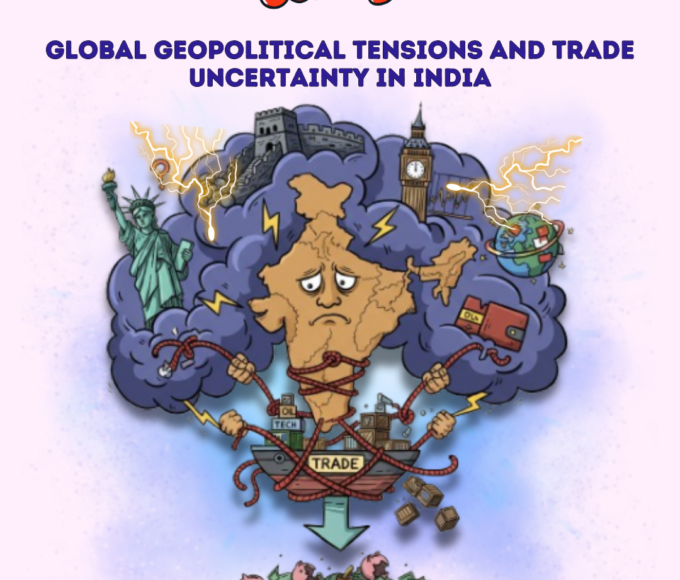
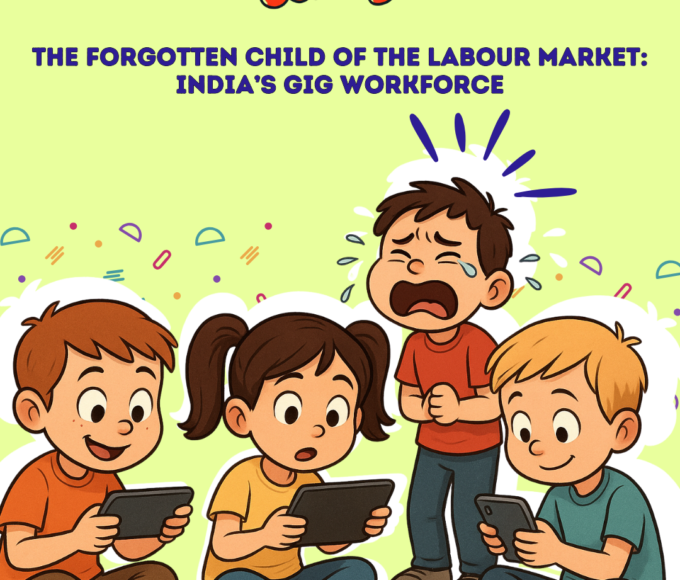
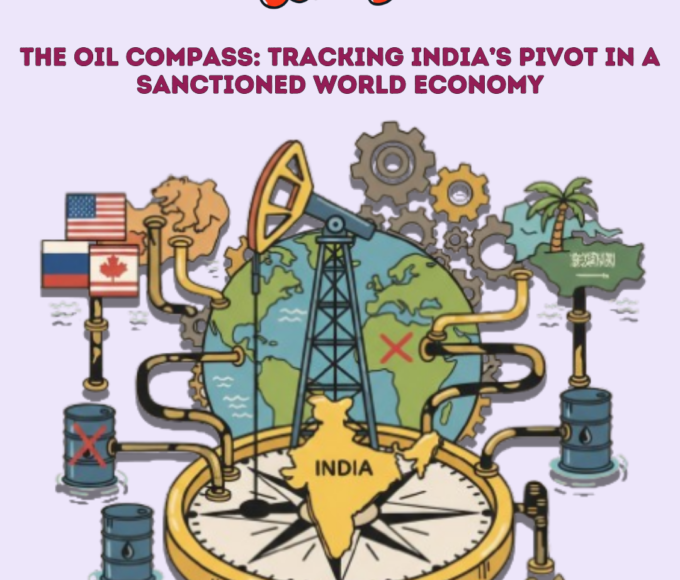
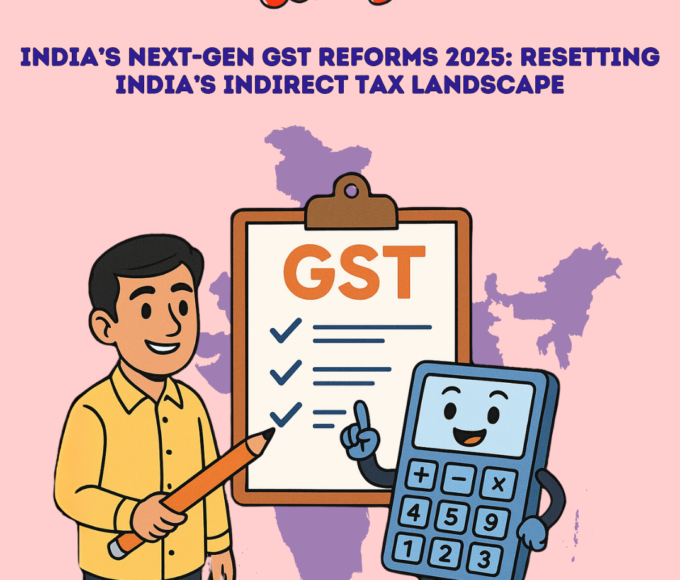
Leave a comment